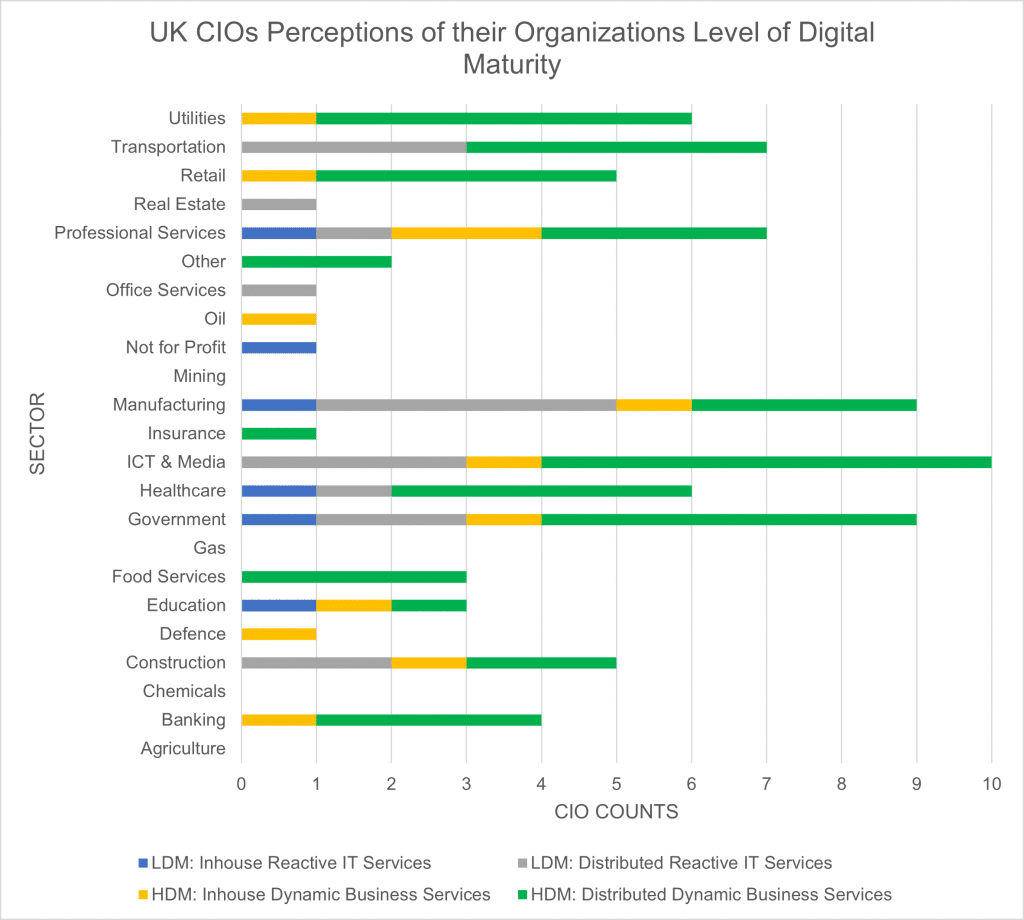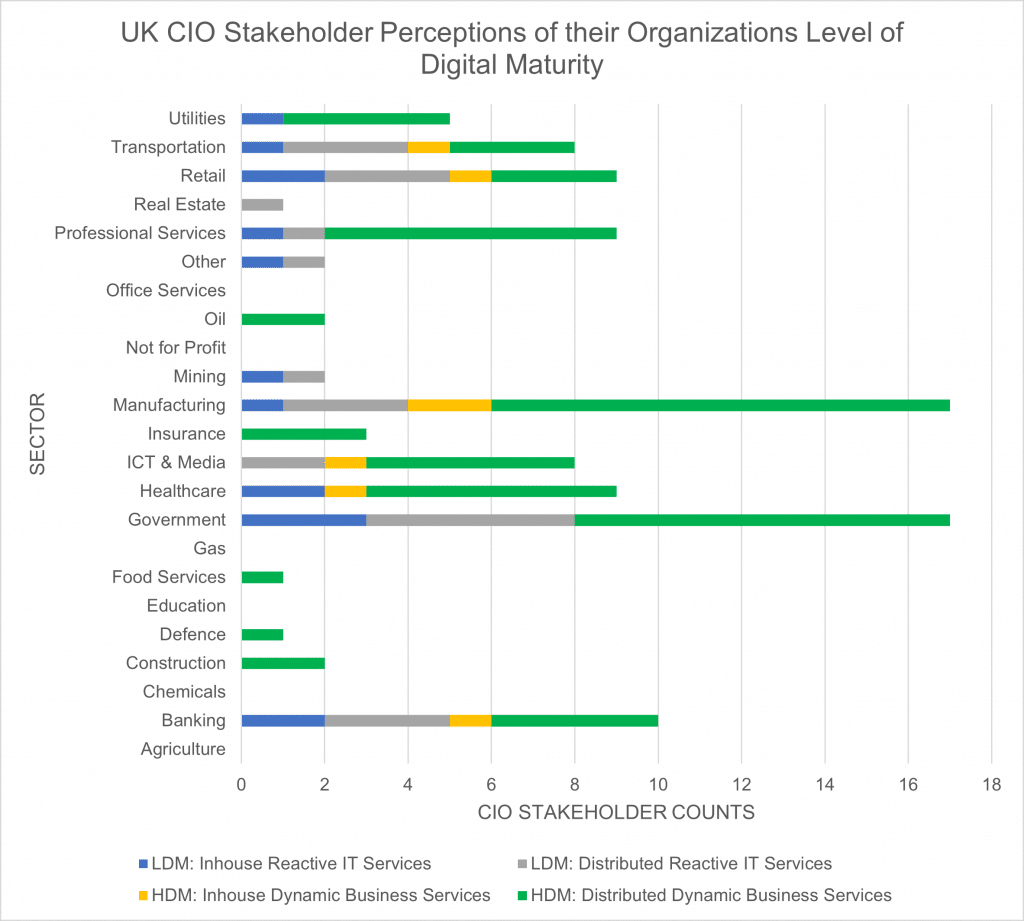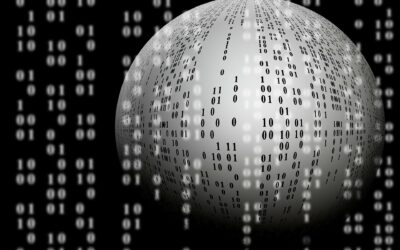Digital Maturity: do CIOs and their stakeholders perceive their environments in the same way?
In previous posts, I described a new articulation of continual learning for the CIO, a process referred to as ‘role-making’. Whilst successful role-making depends on several key factors, key amongst these are the perceived effects of the immediate environment that CIOs and their role-making stakeholders think they operate in.
A commonly accepted way of describing today’s modern business environments is in terms of ‘digital maturity’. However, as with many of the concepts in the IT world, few have agreed on a universal definition for digital maturity (See: [1] & [2]); a situation compounded with the introduction of multiple definitions from vendors and consultancies who see digital maturity assessments as an account development tool to address the ‘shortfalls’ in digital maturity they have identified in their initial assessments.
So, how can we easily identify the potential effects of an organizations level of digital maturity on what stakeholders expect from their technology leaders?
To answer this question, we first of all need to check that all leaders perceive their environments in the same way i.e. develop a consensual view on how they each perceive digital maturity.
Whilst working environments inform expectations CIOs and their stakeholders hold for the CIOs role, or the starting point for CIO learning, research by THM suggests that practitioners maybe overestimating how digitally mature their environments actually are. THM asked 82 CIOs and 106 CIO stakeholders to describe the level of their organization’s levels of digital maturity in terms of:
|
High Digital Maturity (HDM Distributed Dynamic Business Services): Establish outsourced IT Services that predict/ address business and customer requirements |
|
High Digital Maturity (HDM Inhouse Dynamic Business Services): Establish inhouse IT Services that predict/ address business requirements |
|
Low Digital Maturity (LDM Distributed Reactive): Establish in house/ outsourced IT Services that react to business and customer requirements |
|
Low Digital Maturity (LDM Inhouse Reactive): Establish in house IT Services that react to business requirements |
56% of CIOs suggested they were already leading an IT department that predicated and acted upon requirements from their businesses and customers (e.g. ICT & Media, Government and Utilities), and 58% of CIO stakeholders also claimed they worked in organizations holding the highest relatively level of digital maturity (e.g. in Government, Manufacturing and Professional Services).

Current Environment: CIO Perceptions On Digital Maturity

Current Environment: CIO Stakeholder Perceptions On Digital Maturity
Whilst its hard to challenge these perspectives without additional data, the results suggest that both CIOs and their stakeholders are able to develop divergent views about the maturity of their respective environments.
If CIOs and their stakeholders are unable to reconcile differing views of their current environment, then:
- The chances of gaining agreement on a shared view of future levels of digital maturity; and
- The role each person is expected to play in achieving that future state
appear minimal at best.
For those seeking to work at the business leader-technology leader relationship, especially in the pursuit of improved digital maturity, THM has identified the underlying factors that both parties can address to tackle conflicting views of whats expected of technology leaders as environments mature; in later articles, I introduce the concept of role attributes.
In the meantime, how do you and your colleagues perceive current/ future levels of digital maturity? And how do those perceptions influence what each person expects of the other in the pursuit of improving maturity levels? Would love to hear about you’re experiences in this…
[1] According to Vavura and Matei, 2024 ‘…digital maturity modelling is in a divergent stage, producing a large amount of different models,’ Available at https://www.sciendo.com/article/10.2478/picbe-2024-0096
2] According to Techiert, 2019 ‘..existing models are incomplete…models specific to the domain of services are clearly underrepresented,; Available at: https://acta.mendelu.cz/artkey/acu-201906-0027_digital-transformation-maturity-a-systematic-review-of-literature.php
Image Credit: Dawid Zawila ‘hand holding crystal ball’ from unsplash (T2apDcwWGLA). Accessed 11/02/25





0 Comments